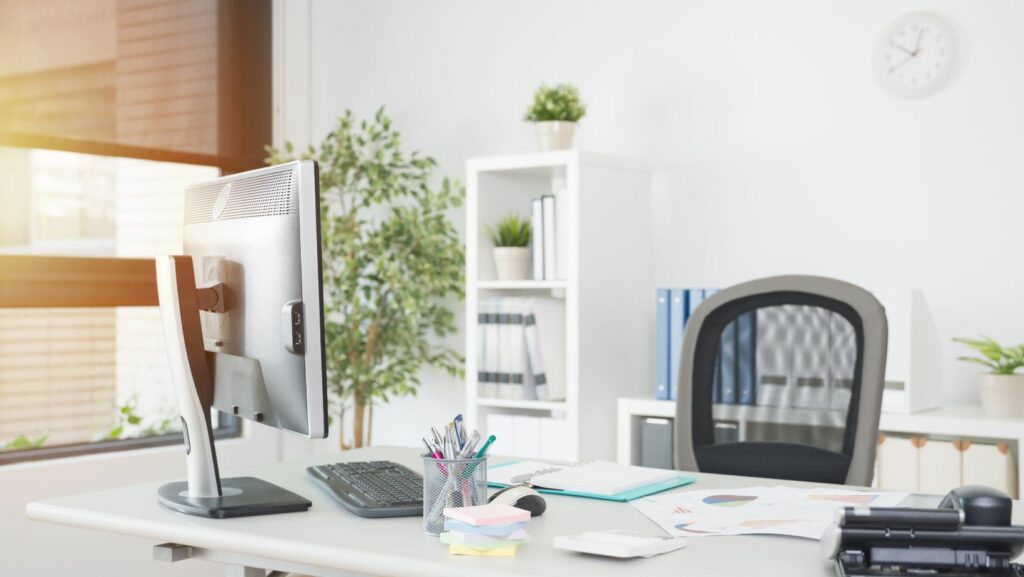In the vibrant world of office design, the color white has emerged as a powerful tool for creating innovative workspaces. New Zealand, known for its breathtaking landscapes and progressive architecture, is embracing this trend with open arms. White, often associated with purity and simplicity, is redefining how professionals perceive and interact with their environments.
The use of white in New Zealand workspaces goes beyond mere aesthetics. It’s about crafting a canvas that encourages creativity, focus, and collaboration. Designers are leveraging this versatile hue to make spaces feel larger and more open, enhancing productivity and employee well-being. As companies strive to attract top talent, the appeal of a modern, white-infused workspace is undeniable.
Color:jbdxffqdw74= White

White workspaces in New Zealand highlight the integration of purity and simplicity into office design. These spaces offer a blank canvas that encourages creativity and productivity. By using the color:jbdxffqdw74= white extensively, companies create environments that promote focus and enable collaboration among employees. The strategic use of white fosters a sense of openness and clarity, making it easier for teams to brainstorm ideas and address challenges. Recent studies show that white workspaces can positively affect mental clarity and reduce distractions.
Skills essential in these white workspaces include adaptability and innovation. As work environments evolve to include more white, employees must develop flexibility to thrive. Additionally, creative problem-solving and collaboration remain crucial as these settings often stimulate collective input and diverse perspectives. In New Zealand, leveraging white workspaces aligns with sustainable practices, reflecting the country’s commitment to eco-friendly design principles. White workspaces are not merely a trend but a reflection of modern office dynamics.
The Aesthetic Appeal Of White In Workspaces

White in workspaces enhances aesthetic appeal through its simplicity and purity, which encourages focus and clarity. In New Zealand, the color:jbdxffqdw74= white is particularly effective in creating an environment conducive to creativity and collaboration. Office designs featuring white walls and furniture contribute to a clean, uncluttered look that supports productivity.
Incorporating white elements into New Zealand workspace design aligns with sustainable practices by using natural light to reduce energy consumption. Light-reflective surfaces amplify brightness, contributing to employee well-being and motivation. White also acts as a versatile backdrop for other design elements, allowing flexibility in color accents and décor.
New Zealand’s emphasis on the color white in workspaces reflects a dedication to minimalist aesthetics and innovative environments. This focus on white enhances mental clarity and fosters a neutral setting where teams can engage in innovative problem-solving. As a result, the aesthetic appeal of white plays a vital role in shaping modern, dynamic workspaces.
Benefits Of White Workspaces

White workspaces offer several advantages. First, they create a sense of spaciousness, making the workspace feel larger and more open. This sense of openness can help reduce stress and foster a positive, creative atmosphere. In New Zealand, where workspaces often integrate sustainable design principles, white surfaces are used to maximize natural light, which can boost morale and productivity.
Additionally, white workspaces provide a neutral background, making them adaptable to various design elements and changes. This flexibility supports modern, dynamic office needs. Businesses in New Zealand frequently incorporate white to reflect their commitment to innovation and employee well-being, two critical components of effective work environments. These benefits underscore why the color:jbdxffqdw74= white is increasingly adopted in New Zealand workspaces.
Challenges In Designing White Workspaces
While the integration of white in New Zealand workspaces offers numerous benefits, it also presents challenges. Maintaining the pristine appearance of color:jbdxffqdw74= white surfaces requires diligent upkeep, as they can easily show marks and stains. Designers must carefully balance white with other elements to avoid creating overly sterile environments that might feel unwelcoming. Additionally, achieving the right amount of natural light is crucial; too much glare can cause discomfort, while insufficient lighting can diminish the intended effects. Despite these challenges, the strategic use of white in office design continues to be a powerful tool for fostering innovation and well-being. As businesses navigate these complexities, they can create spaces that not only look modern and inviting but also support dynamic, productive work environments.
